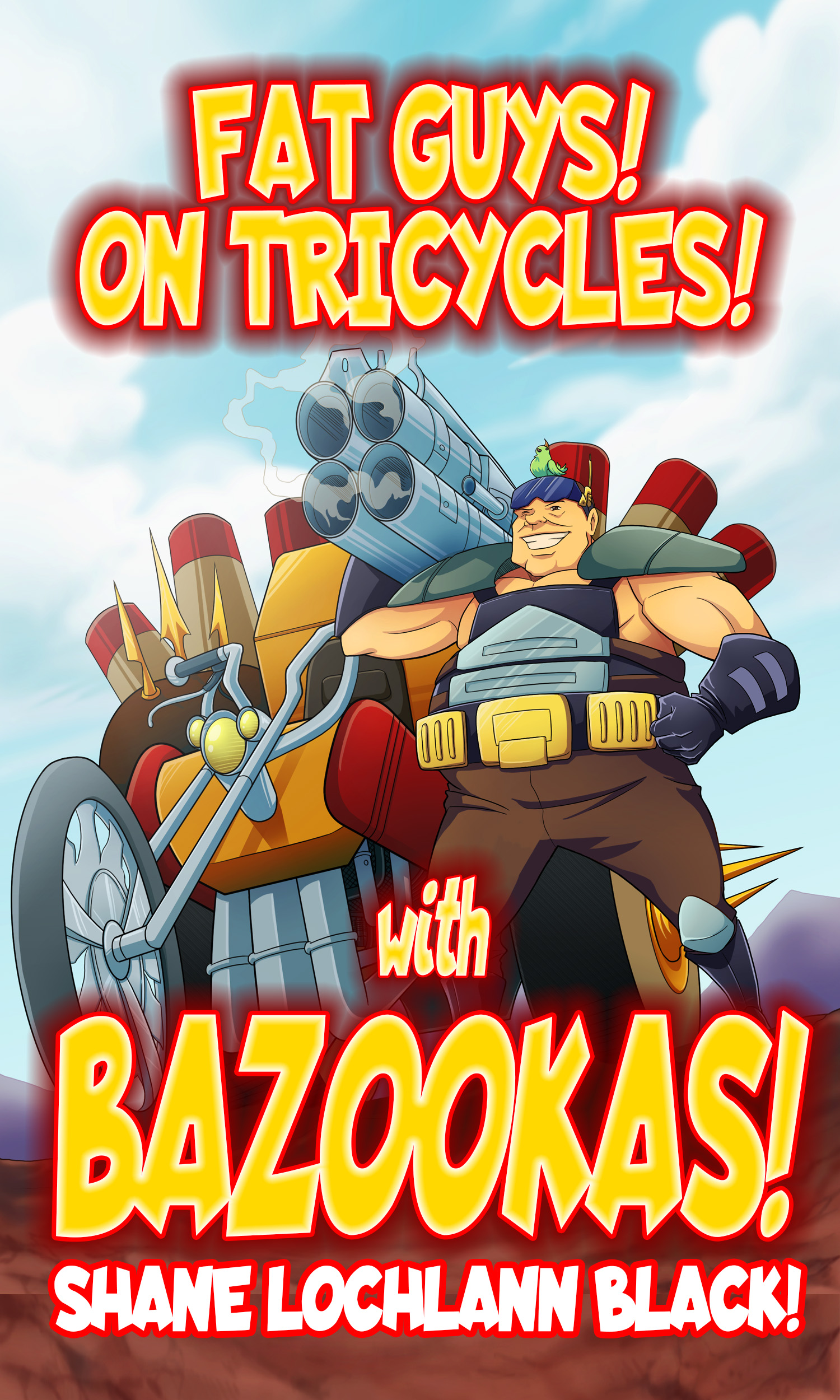
This is an excerpt from my upcoming work of sophisticated literature — Shane
Sergeant Migby’s goggles were top of the line. He adjusted them again, even though by now they were tight enough to leave semi-permanent divots in his face. The elastic band pulled the sides of his mouth up into an unsettling grin. The word “HUNT” was shaved into a patch of short hair on one side of his head.
He rested his considerable weight into the wide and deep bucket of his chopper’s seat. The bike was almost nineteen feet long. The forks were extended far beyond practicality, but this mission wasn’t about practicality. Neither was the nitrous-oxide. Or the booster rockets.
Migby wore ceramic-fiber armor, “over-easy.” That was Tricycle Force’s term for wearing half of their body armor inside-out to stop the aliens’ adaptive explosive kinetic rounds. Some weapons seemed to explode on a “detected” impact instead of an actual impact, and so front-facing armor was compromised much faster. Armor was expensive.
On his shoulder was mounted an Oni Model Eight quad-tube rocket launcher. It was a ripple-fire weapon, designed to overwhelm a target with multiple birds instead of one large, easily destroyed warhead. It was overloaded with eight rockets, wired together like a combination science project and sound studio.
Hog Nine was perched on a rise not far from Jefferson Street along the western edge of Collins Park. The late day sun cast ominous shadows along the ground ahead of its twin six-foot-tall racing mag tires. The trike’s forks were a good 12 feet from handlebars to front wheel. Its engine towered over the sergeant like a metal fortress. Migby yanked his goggles down. The band holding them tight slid across the block number nine shaved into the hair on the other side of his head. He punched the chopper’s ignition.
Migby’s enormous attack chassis came to life like a coughing dinosaur. Within moments the “lub lub lub” sound of its 700-horsepower engine was shifting the surface dirt in the park for sixty yards in every direction. The sergeant wasn’t concerned about the noise. The nearly-invisible alien spacecraft hovering next to the Tree Shores Performing Arts center didn’t seem to notice, and even if it did it wasn’t getting away. It didn’t see the trike’s driver arm the four-barreled meta-cannon on his oversized shoulder either.
“Hog Nine standing by.”
The sound of his patch mike thumped like a refrigerator door closing, followed by plastic bag crackle. He gunned the chopper’s engine.
“Affirmative Hog Niner. Your green scene is range three hundred yards bearing one six zero true. Confirm coordinates.”
The blazing red threat icon on his visor’s heads up display matched his chopper’s console radar system. The words “TARGET LOCK ACQUIRED” blinked. There were a lot of things in the world Sergeant Migby of Tricycle Force was able to tolerate, but invaders disturbing a bunch of senior citizens trying to enjoy brunch was not one of them!
“Target confirmed, HQ.”
“Hog Niner, you are GOOOOOOOOOOOOOOOOOOOOOOO!”
At the opposite end of the park, the cloaked alien spacecraft hovered at an altitude of perhaps ten feet, waiting patiently for course data to be uploaded to its navigational system. While it waited, otherworldly creatures gathered critical information on the dinner party. It was a lovely evening after all.
Couples walked lazily around a small duck pond. Strolling violinists gathered in the gazebo. A hot dog vendor barked under the soft lights along the walkway. Nobody could see the spacecraft, or correctly identify the roaring engine sound coming from the other side of the hill.
Sergeant Migby bared his teeth as the sound of the beastly engine shook the nearby concrete. He picked up his boot-clad feet and slammed them home into the forward metal stirrups before releasing the air brake and clutch. Twin tires raised a devastating pyre of white smoke before the heavily-armed cross between a completely impractical motortrike and a technologically advanced ground assault vehicle screamed out the chain link gate and towards the building complex.
The front wheel lifted high as Migby banged the chopper into the curb. He grunted and lunged as the powerful engine hammered the trike forward. The vehicle bounced eight feet into the air and landed squarely on the gentle sloping grass, ripping dirt and greenery into the air at rapidly accelerating speeds.
“RRRAAAAAAAGGGGGHHHHHH!”
Hog Nine cleared the hill airborne as the thump of its rocket booster echoed off distant storefronts. The hot dog vendor’s jaw dropped as he saw the mass of wheels, teeth and targeting lasers accelerating towards him at an apocalyptic velocity. He dove howling into a chrysanthemum patch, avoiding the leading edge of the chopper’s front tire by perhaps inches. Migby snagged a kielbasa off the cart just before the shockwave blasted the hot dog stand several feet in the air and tore it into twisted metal ribbons.
Migby ripped the hot dog in half with a hearty bite before grabbing the nitrous activator on the chopper’s handlebars. He could see panicked ducks, scattering feathers, flapping lily pads and at least one soon-to-be-pulverized cracker dispenser scattering beyond the speedometer reading of 115 as he heard the telltale whine of his second booster. Hysterical park-goers ran in all directions as the meaty black mag tires plowed through the lake, throwing rooster tails of water, mud, pieces of wood and blobs of algae the size of small elephants skyward.
“OPTIMUM RAAAAAANGE!!” Migby screamed as the last pieces of the hot dog bun were yanked out of his fingers by the violent air blast. Mustard blasted all over his goggles. He positioned his launcher and maxed the throttle.
“DON’T MESS WITH EARRRRRRRRRRRRRRTH!”
Hog Nine peaked at 139 MPH before Migby pulled the triggers for all four rockets at a suicidal range of six yards.
Matilda passed the beets to Gertrude. The Neighborhood Beautification Society dinner party was just lovely. The elaborate buffet was attended by only the most concerned citizens. On their lawns no children were allowed. In fact, nobody in the neighborhood was permitted to speak above a whisper lest home values drop. Humans younger than 40 were apparently expected to barricade themselves in isolation until they qualified for special pricing at the neighborhood chain restaurant. A game of street football was organized once. As of the date of the dinner, reports of the police response were still being used as a training exercise for helicopter patrol pilots, national guard recruits and pursuit dogs.
The average age at each circular table was well in excess of room temperature. Large arched windows provided a nice view of the park. The conversation was boring enough to be considered both a prescription sedative and a hostile act in at least three jurisdictions.
Matilda was reaching for a croissant when the universe exploded.
One rear tire, an engine block, pieces of an Oni quad-casing, three mustard-stained onion chunks, two ducks, a violin case, roughly 22 pounds of grass and soil and Sergeant Migby himself blasted a scorched two-hundred square foot hole in the side of the building, pulverizing three dozen tables and tossing pieces of chairs, flower arrangements and silverware in all directions. Dark smoke filled the entire facility. Shouts and gasps of horror were heard.
Over the sounds of panic, Migby reached up with one potato-salad-covered hand and retrieved his mobile comm unit.
“HQ, this is Hog Nine. Confirm target status.”
“Hog Niner, this is HQ. Target destroyed!”
A mustard-stained fist rose silently from the wreckage of table eighteen.
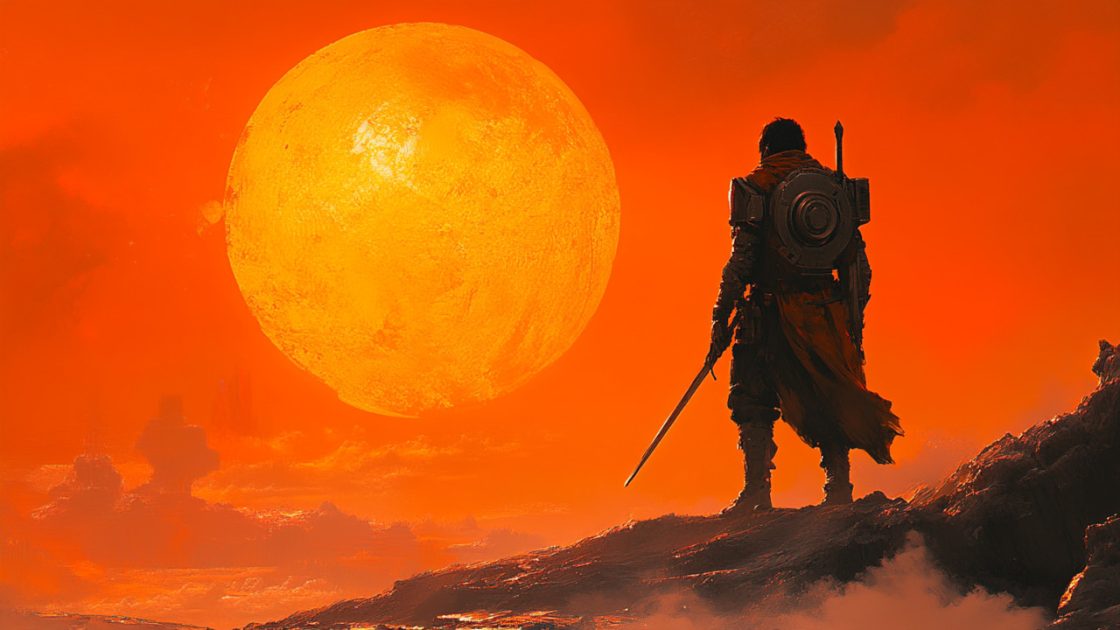
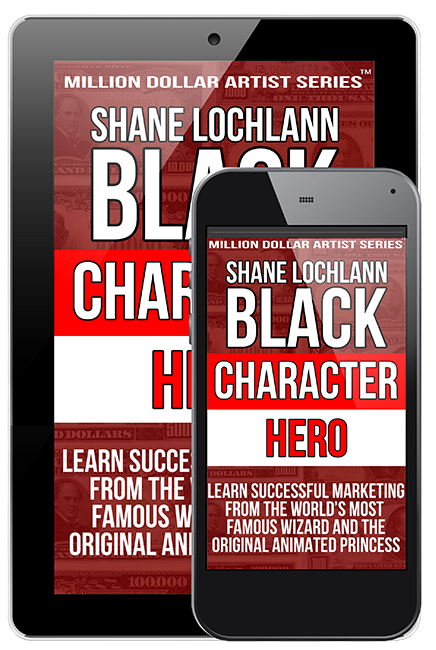


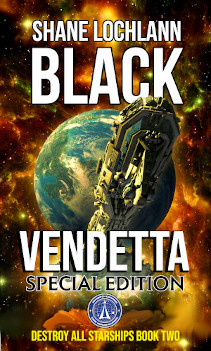
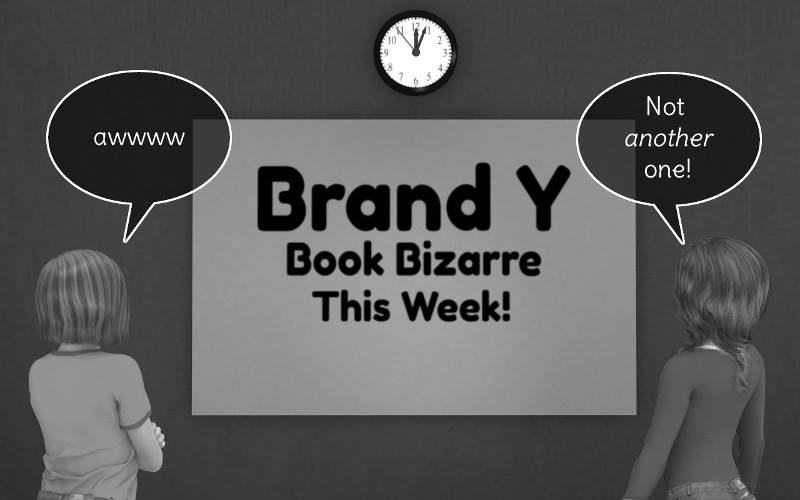
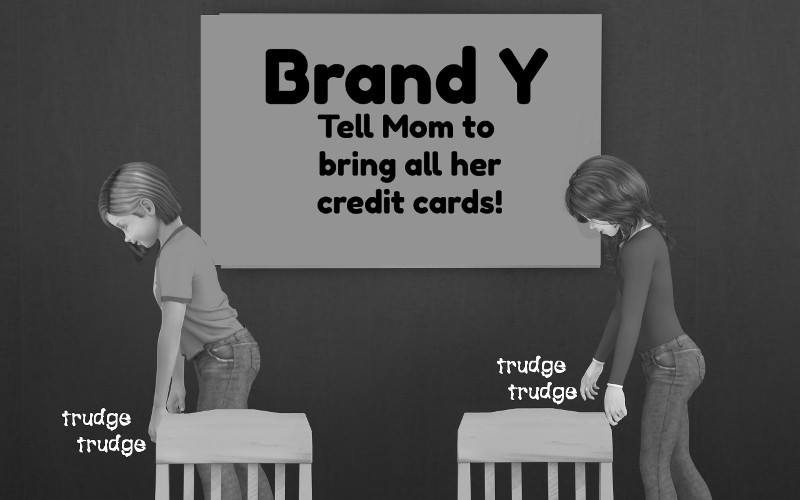
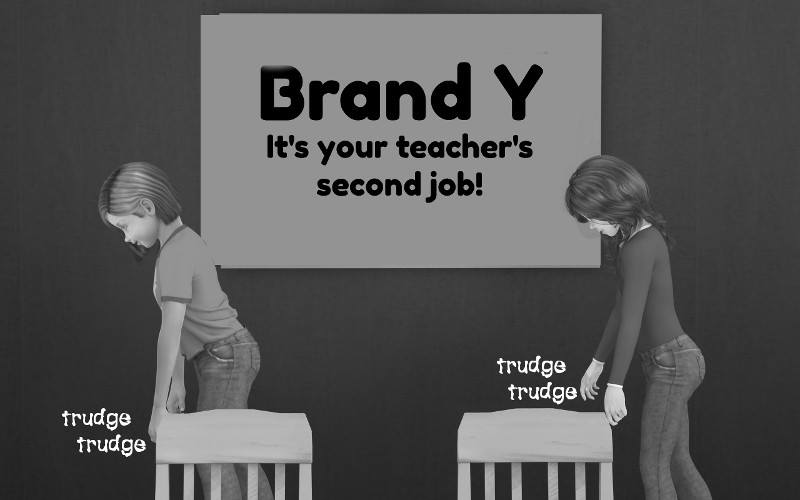
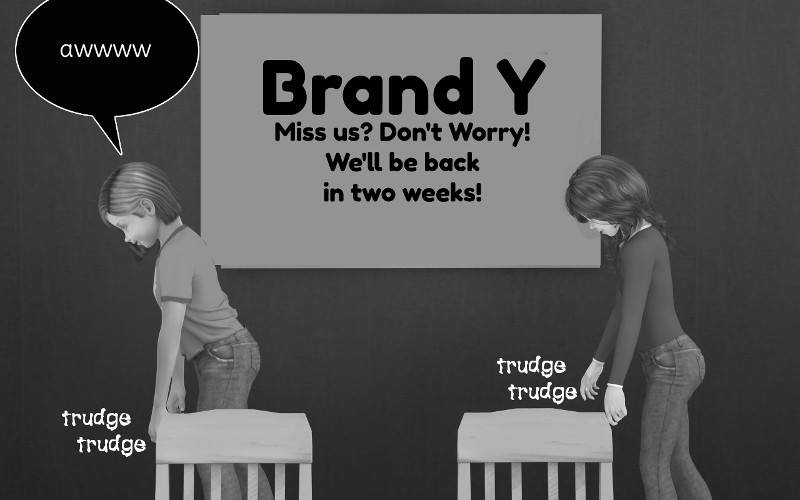
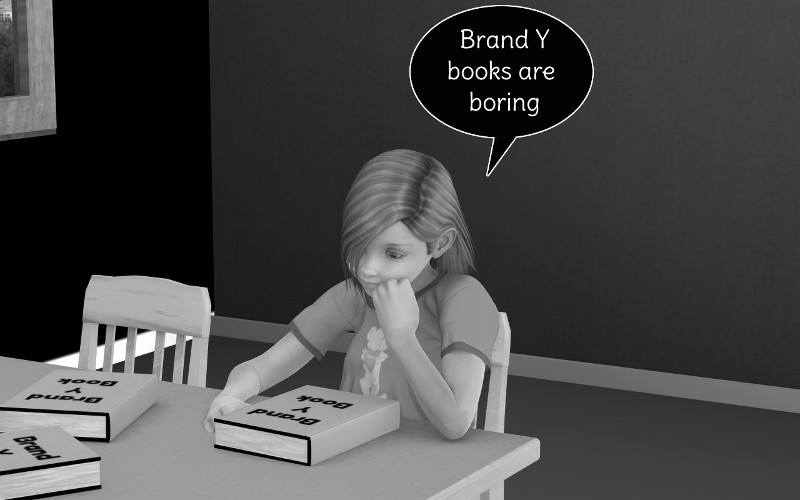
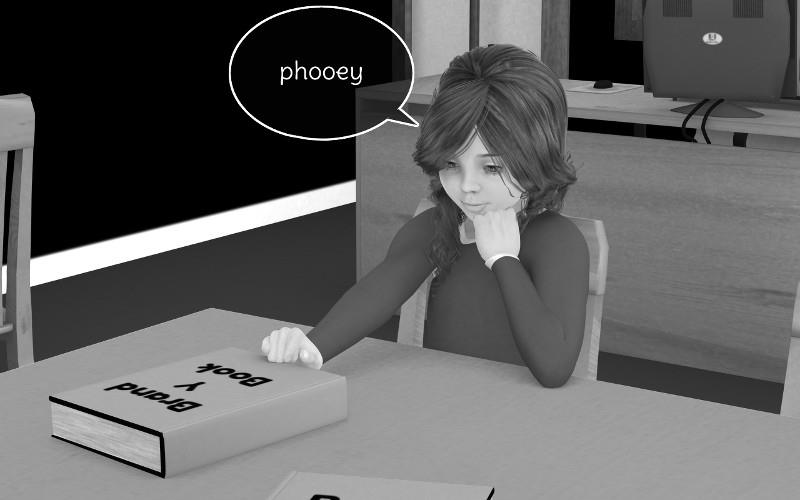
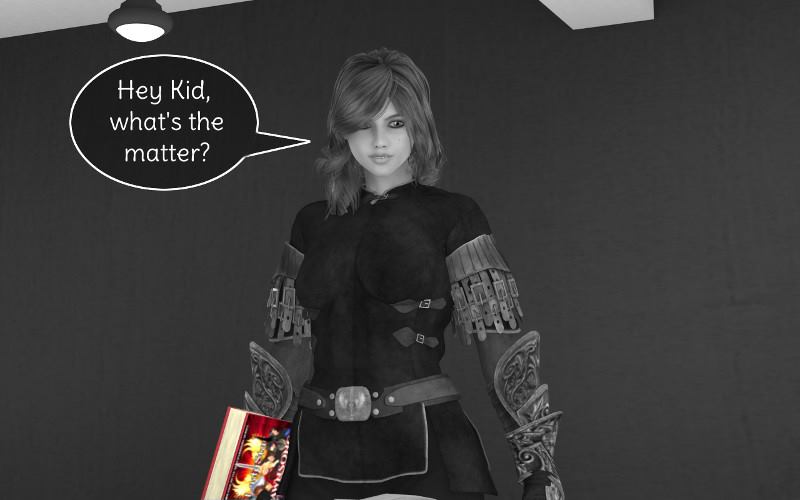
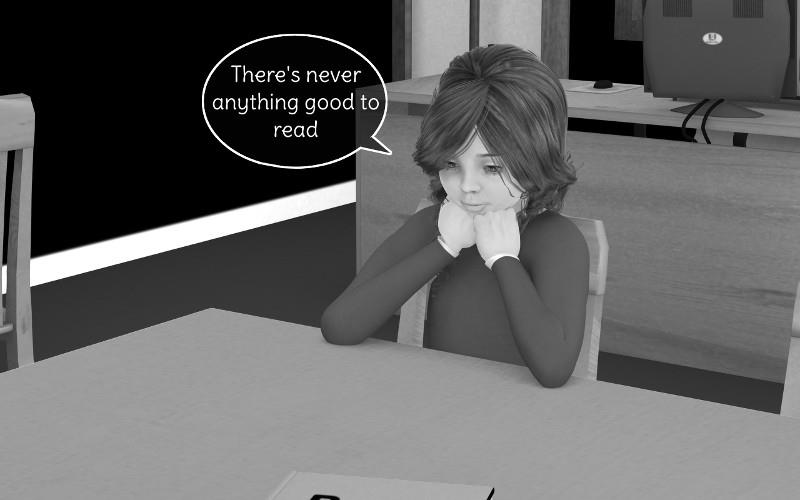
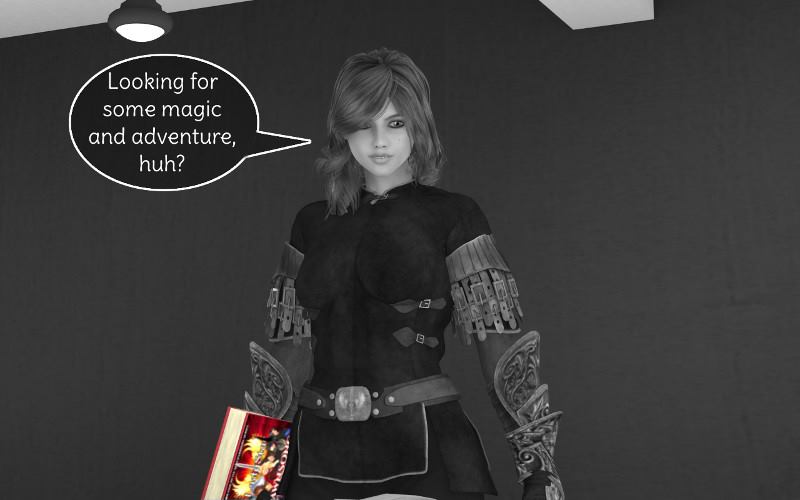
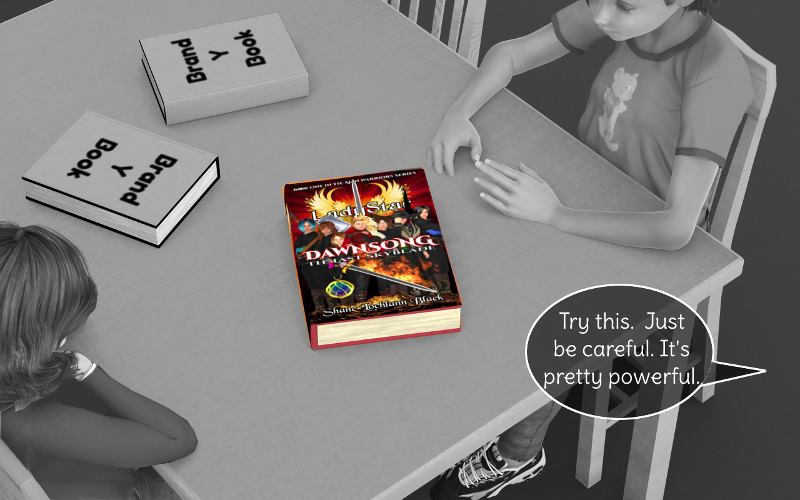
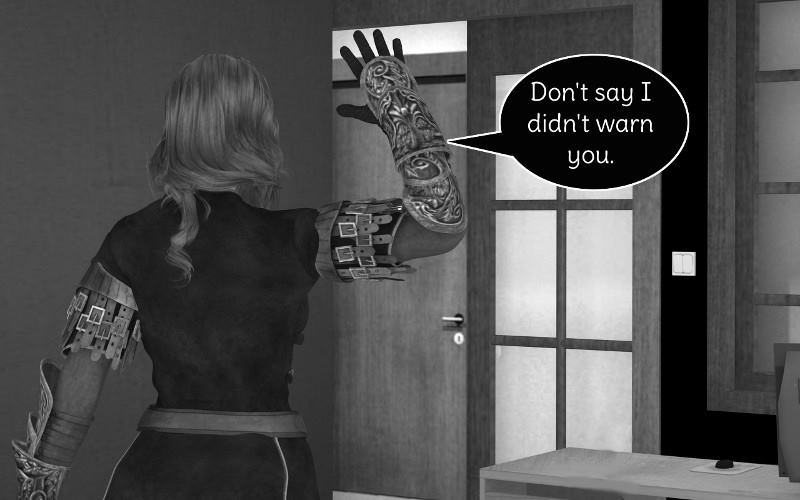
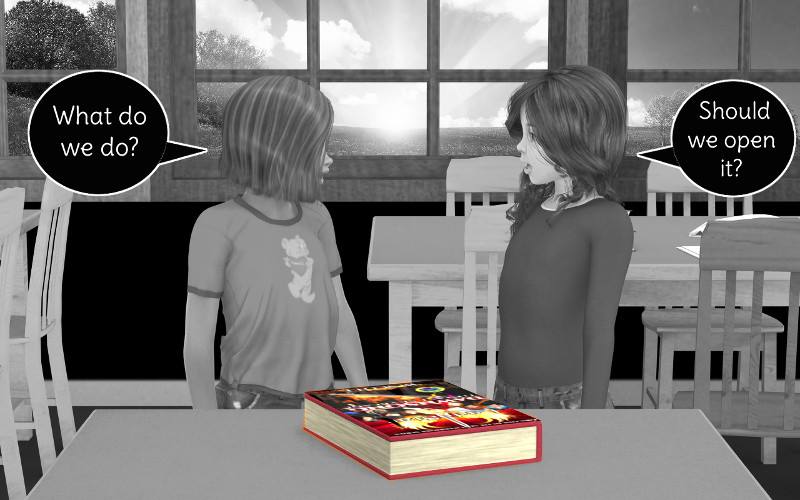
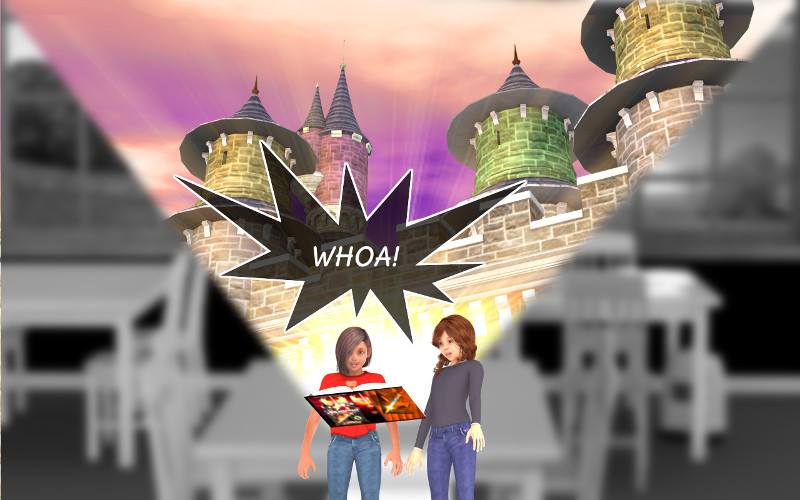
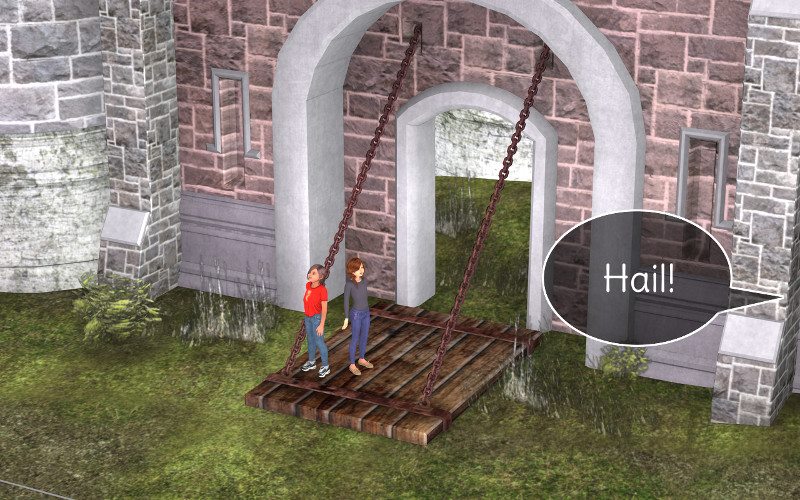
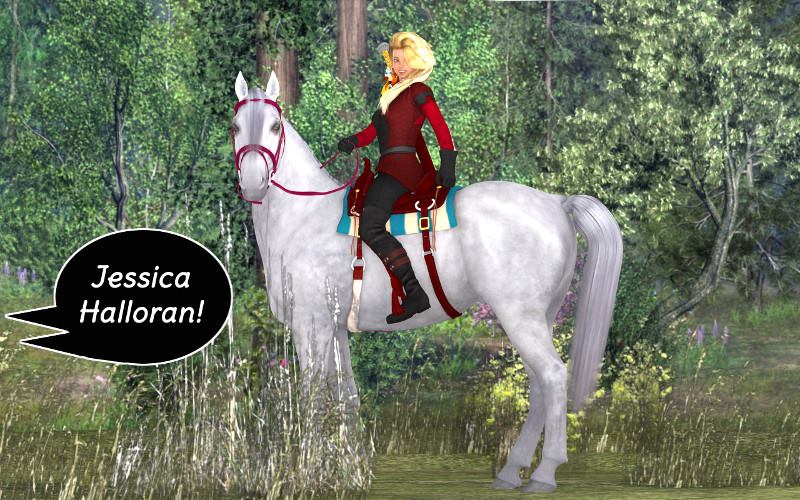
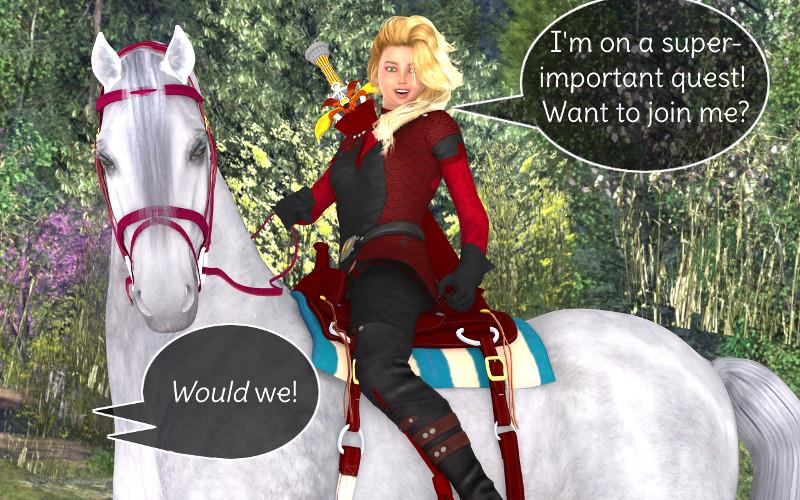
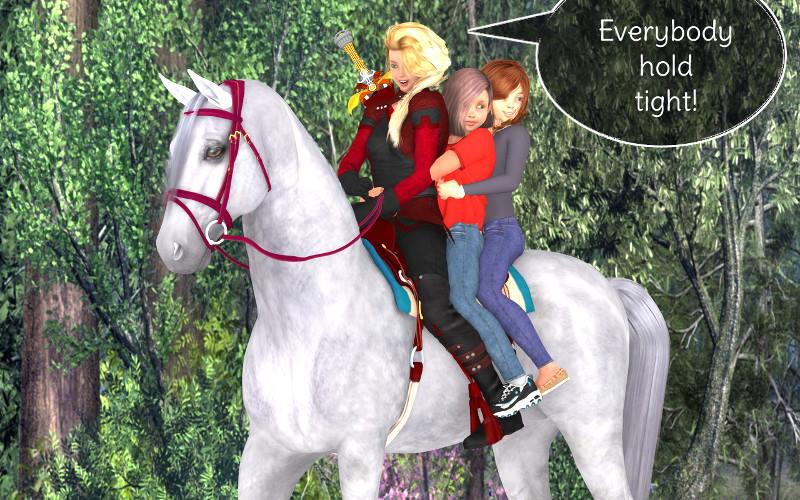

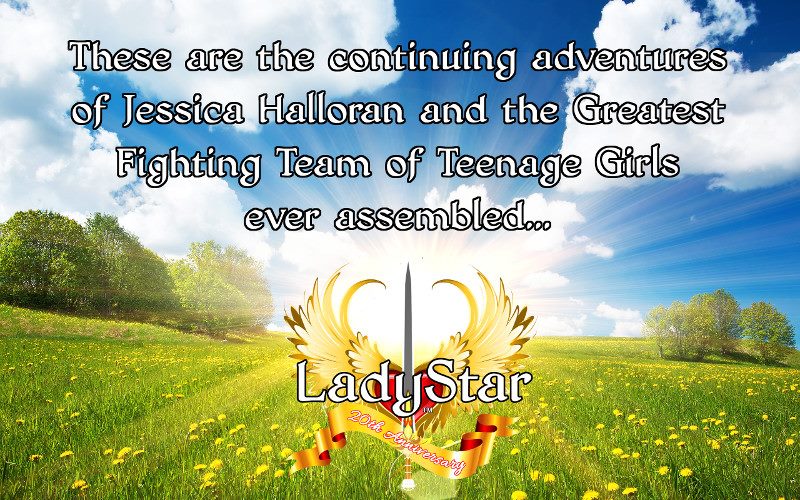

 Sideloading is a thing of the past!
Sideloading is a thing of the past!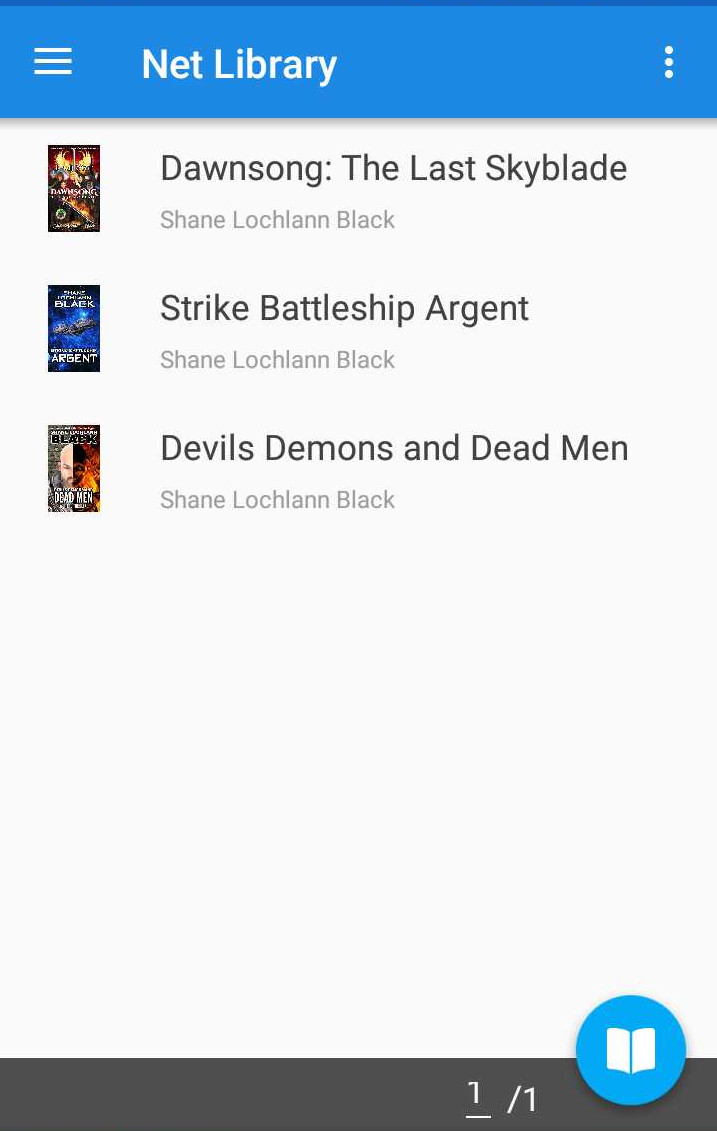
 Moon+ Reader is an excellent choice for reading our EPUB3 premium digital books on Android devices. It works well on phones and is particularly impressive on all flavors of Android tablets with a side-by-side reading mode and high-definition display. Our books have never looked better!
Moon+ Reader is an excellent choice for reading our EPUB3 premium digital books on Android devices. It works well on phones and is particularly impressive on all flavors of Android tablets with a side-by-side reading mode and high-definition display. Our books have never looked better!